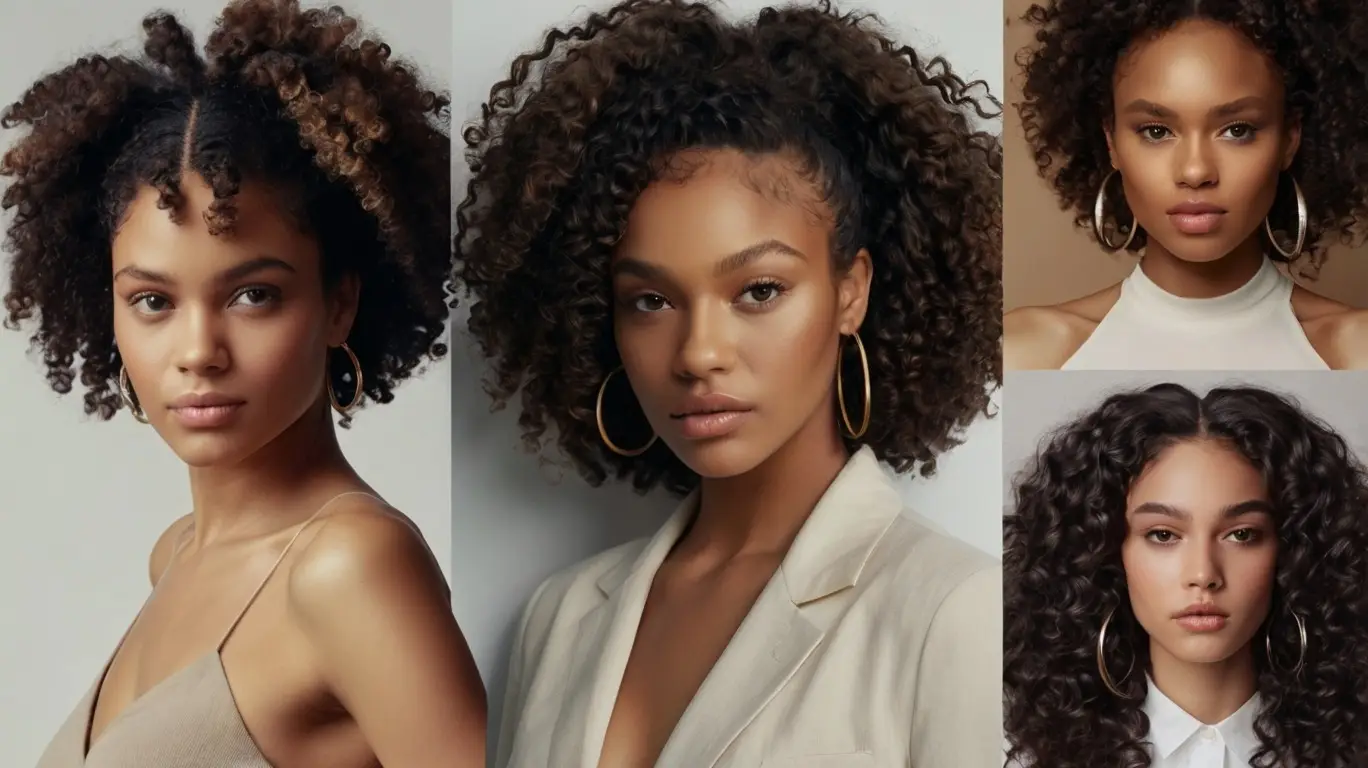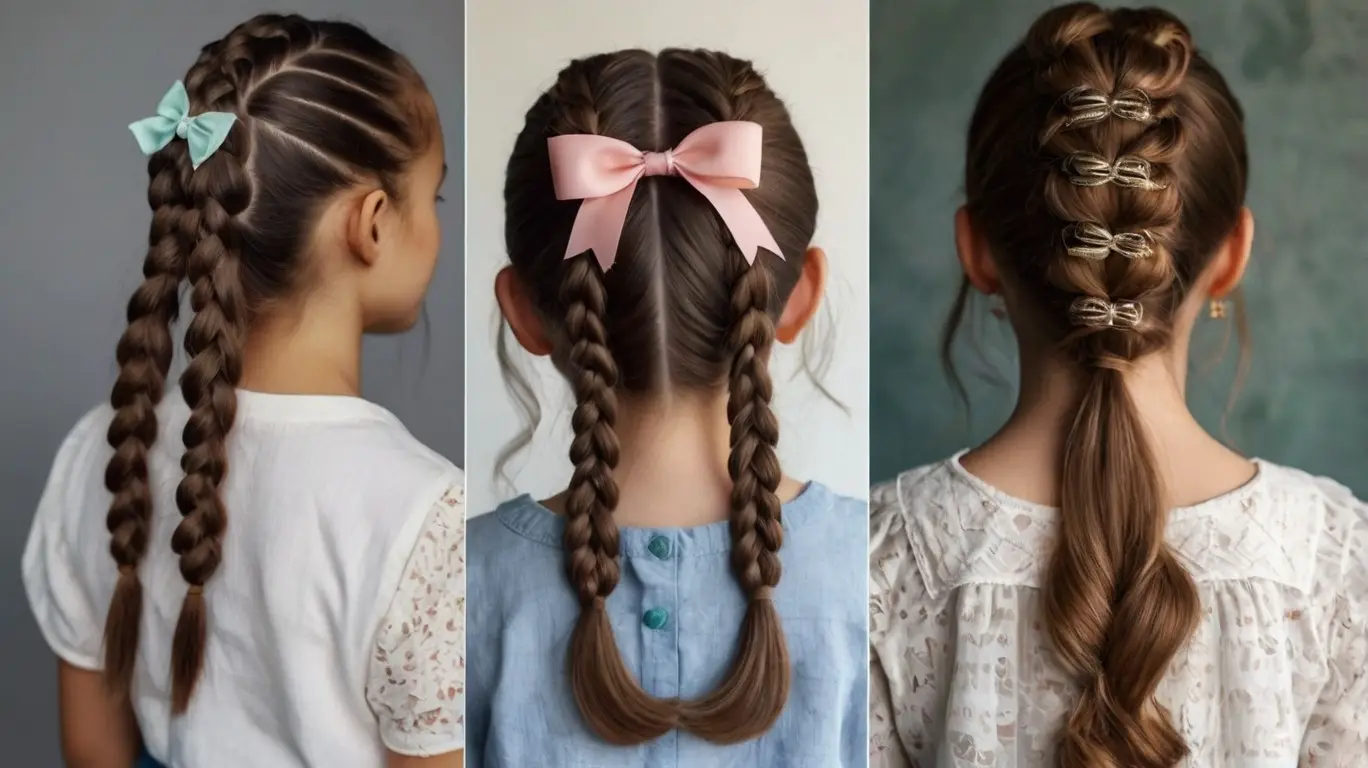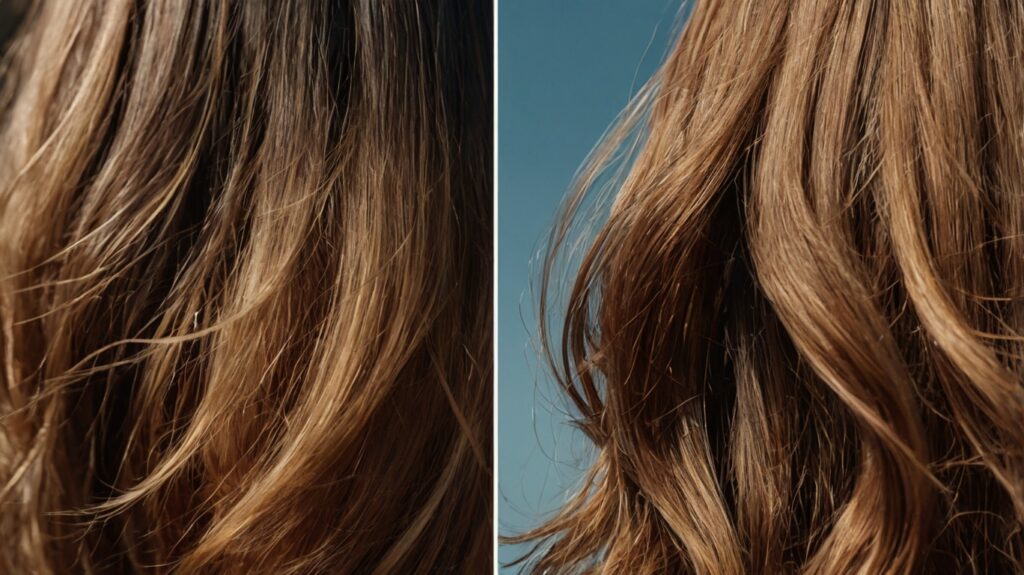Sat. Oct 25th, 2025
Trending
© 2025 Hair n Tear. All rights reserved.
 Low Maintenance Short Haircuts: Effortless Style for Every Hair Type
Low Maintenance Short Haircuts: Effortless Style for Every Hair Type
 Layered Haircuts: A Stylish Upgrade for Every Hair Type and Face Shape
Layered Haircuts: A Stylish Upgrade for Every Hair Type and Face Shape
 The Timeless Appeal of the Pompadour Haircut: A Complete Guide
The Timeless Appeal of the Pompadour Haircut: A Complete Guide
 Curly Hairstyles: Best Styles to Rock Your Natural Curls
Curly Hairstyles: Best Styles to Rock Your Natural Curls
 Cute Hairstyles for Girls: Trendy and Easy Ideas
Cute Hairstyles for Girls: Trendy and Easy Ideas

Dealing with damaged hair might seem like an endless battle. With the correct method, you may restore your hair to its former splendor, regardless of the cause—heat styling, chemical treatments, environmental factors, or inadequate care. The greatest damaged hair treatments are covered in this extensive guide to help you restore the health, strength, and shine of your hair.
When the cuticle, the hair shaft’s outermost layer of protection, is damaged, hair damage results. Frizz, broken ends, breakage, and dryness may result from this. The following are common causes of hair damage:

Using hot tools like flat irons, curling wands, or blow dryers without protection.
Bleaching, coloring, and perming weaken the hair’s structure.
Sun exposure, pollution, and harsh weather conditions.
Overwashing, rough towel drying, and using the wrong products.
Finding effective treatments to your hair damage begins with identifying its underlying cause.

Many shampoos contain sulfates, which are harsh detergents that can deplete your hair of its natural oils, leaving it brittle and dry. Choose shampoos without sulfates for a mild cleaning without aggravating your skin. To add moisture and restore your hair, look for nourishing elements like aloe vera, keratin, or argan oil.
Repairing damaged hair requires the use of deep conditioners and hair treatments. In order to restore suppleness and strength, these treatments offer high hydration and nutrients. Once a week, give your hair a deep conditioning treatment, paying particular attention to the mid-lengths and ends. Particularly advantageous ingredients include protein complexes, coconut oil, and shea butter.
One of the primary causes of hair damage is heat tools. Accept your hair’s natural texture and let it air dry whenever you can. Use the lowest effective temperature setting and always apply a heat protectant spray if you must use heat tools.
Further harm might result from split ends as they move up the hair shaft. Every six to eight weeks, regular trims help keep ends healthy and stop damage from spreading. Ask your stylist for a “dusting,” which only removes the damaged tips, if you’re trying to grow out your hair.
Throughout the day, leave-in conditioners and serums offer continuous nourishment and protection. They work particularly well to enhance luster, seal split ends, and control frizz. Seek out products with natural oils or silicones that form a barrier of protection around the hair.
Over time, environmental elements such as pollution and UV rays can weaken your hair. When spending a lot of time outside, wear hats or scarves to protect your hair and use products with UV filters. To avoid more dryness, rinse your hair with cool water after swimming in salty or chlorinated water.

For damaged hair, hair oils are a lifeline. Rich in nutrients, they improve texture and cure damage by penetrating the hair shaft. Popular choices include of:
Your hair becomes dry when you wash it too frequently because it loses its natural oils. If your hair is naturally dry, try to wash it no more than twice or three times per week. Use a dry shampoo to retain volume and absorb extra oil in between washes.
It matters what you use to untangle your hair. For wet hair, use a wide-tooth comb to reduce breakage; for dry hair, use a boar bristle brush to evenly distribute natural oils. Detangle gently at all times, working your way up from the ends.
Protein treatments help strengthen the hair by filling in gaps in the cuticle caused by damage. However, overusing protein can lead to stiffness and breakage. Use a protein treatment once every four to six weeks and balance it with moisturizing products.

Hair health begins on the inside. Make sure you eat a lot of:
If your hair is damaged, wait until it has healed before undergoing additional chemical treatments like coloring, bleaching, or relaxing. Instead, look at short-term fixes like root touch-up sprays or clip-in extensions.
Traditional cotton pillowcases can cause friction, leading to frizz and breakage. Switching to a satin or silk pillowcase reduces friction and helps your hair retain moisture overnight. This small change can make a big difference in the health of your hair.
Healthy hair starts with a healthy scalp. Frequent massages of the scalp increase blood flow, which strengthens roots and encourages hair growth. For extra advantages, rub your scalp or your fingertips with a nutritious oil like tea tree or rosemary.
It requires patience and constant work to repair damaged hair. Maintain your hair care regimen and refrain from reverting to bad habits. The health and look of your hair will significantly improve over time.
Although damaged hair might be annoying, there are solutions. You may bring back the health and luster of your hair by using these remedies. Keep in mind that prevention is just as crucial as therapy; to preserve your progress, shield your hair from harm going forward. Your hair will quickly feel and look its best with the correct maintenance!
Frizz, dryness, split ends, tangling, dullness, and excessive shedding are all indicators of damaged hair. Your hair is probably damaged if it feels rough, stretches readily when wet, or breaks off easily.
Using a deep-conditioning mask once or twice a week can significantly improve dry or damaged hair. To strike a balance between strength and hydration, try switching between protein-based and moisturizing masks if your hair is badly damaged.
Hair health is supported from the inside out by a diet high in protein, biotin, zinc, iron, and omega-3 fatty acids. Salmon, avocados, eggs, almonds, and spinach are all excellent foods to support healthier hair growth. try switching between protein-based and moisturizing masks if your hair is badly damaged.